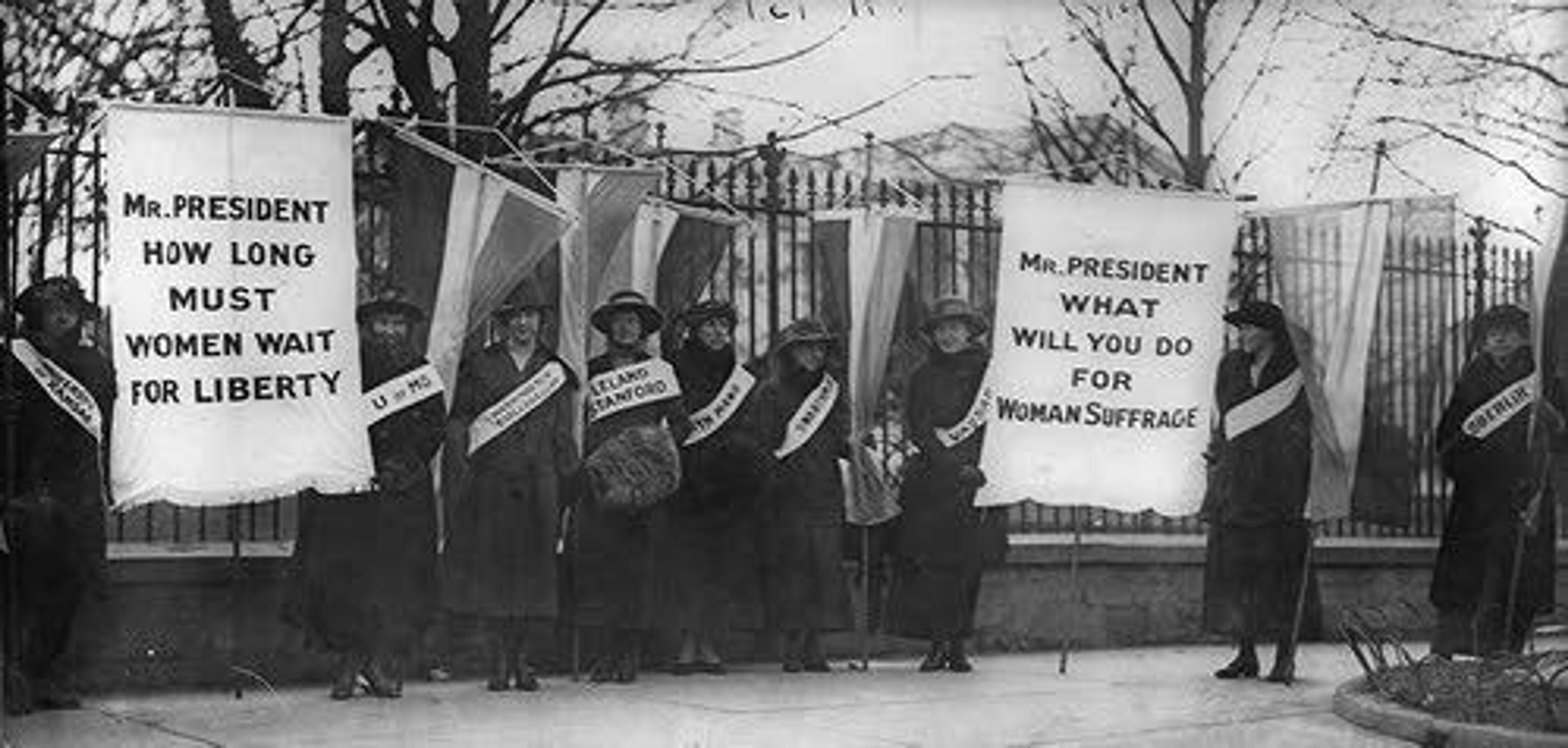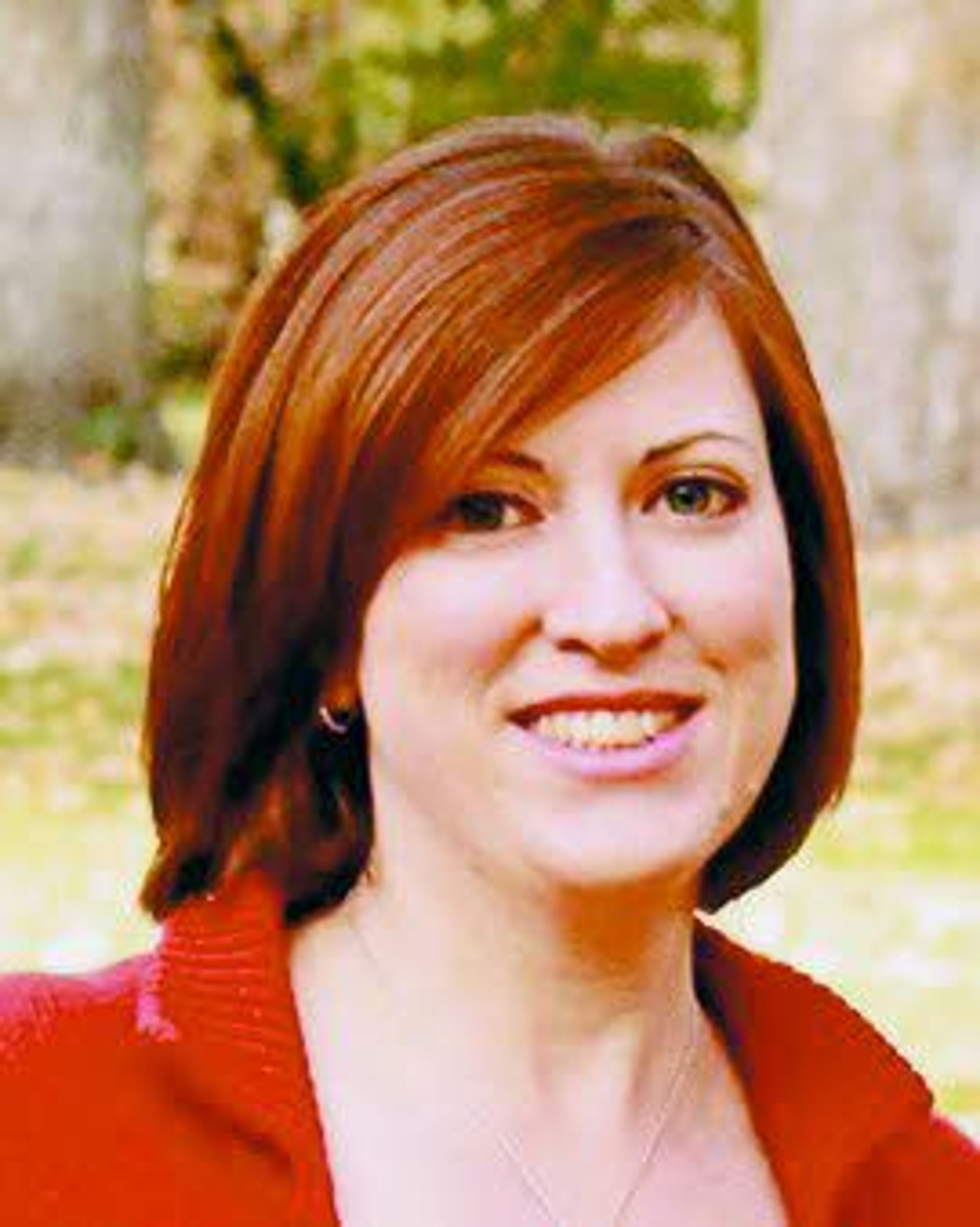Terror remembered
Suffragists endured years of scorn, rage, arrests and physical abuse to secure U.S. women's right to vote
There's a saying that history doesn't repeat itself, but it does rhyme.
Events happen that echo the past. When NFL players began kneeling or sitting during the national anthem in silent protest of racial injustice and oppression in America, many reacted in outrage. Men burned their once-treasured team jerseys in YouTube videos. People angrily called the players unpatriotic. Donald Trump proclaimed protesters should be sacked for disrespecting the country and flag.
A century ago, another silent protest was deemed unpatriotic and raised a different president's hackles.
The Silent Sentinels were a group of women lobbying for U.S. women's right to vote. To bring awareness to their cause, they began picketing in front of the White House in 1917. Monday marks the 100th anniversary of the "Night of Terror," a violent attempt to silence them.
"It's a really important thing we don't talk about - the violence associated with women's suffrage," said Amy Canfield, an associate professor of history at Lewis-Clark State College. "They were greeted with violence for fighting for something so basic to our rights in history."
Canfield will present the talk, "The Centennial of a 'Night of Terror:' A Violent Struggle for Women's Suffrage," Tuesday night at the LCSC Center for Arts & History. Wednesday, students and faculty will re-enact events on campus.
"On the surface, it's about the commemoration of this fight for women's suffrage. Deeper down, I want people to consider what activism means, how it's been used in our history and how it's been responded to," Canfield said.
Since the 1840s, women had lobbied male lawmakers for the right to vote through letter-writing campaigns and petitions. In the early 1900s, a new generation of women began publicly protesting. The Silent Sentinels picketed the White House from dawn to dusk, Monday through Saturday during Woodrow Wilson's presidency starting Jan. 10, 1917. They carried banners with slogans like, "Mr. President, how long must women wait for liberty."
At first, people ignored them or treated them condescendingly, Canfield said, but that spring, when the U.S. entered World War I, people started calling them unpatriotic and traitors for questioning the president at a time when the country should be united.
Not long after that, the picketing women were arrested on trumped-up charges of obstructing traffic. They could plead guilty and pay a fine or spend 60 days in a work house
Women refused to pay the fine, which they saw as an admission of guilt, Canfield said. "They didn't believe they'd done anything wrong."
While women went to jail, others showed up to take their place in the protest. Imprisoned movement leader Lucy Burns kept the women organized from the Occoquan Workhouse. When released, they returned to protest and were arrested again. The work house's superintendent became frustrated. On Nov. 14, he ordered 44 guards to beat 33 suffragists who ranged in age from 30 to 50 and one who was 73.
"They're hitting them, kicking them, dragging them across the floor. Burns was handcuffed with her arms over her head, standing on her tip toes overnight," Canfield said. "It went on for hours."
No one died, but one woman had a heart attack.
The press didn't find out about the attack immediately, Canfield said. Instead, word slowly leaked out about how the women were being treated (Burns went on a hunger strike and was force fed). Public sentiment began to change, and the arrests, later deemed unconstitutional, ended.
In all, suffragists picketed for two and a half years, until the 19th Amendment passed through the Senate, Canfield said.
The events illustrate "what all we need to do to achieve basic issues of equality and civil rights," Canfield said.
"Those women were seen as protesting inappropriately; 100 years later, they're heroes."
WHAT: "The Centennial of a 'Night of Terror:' A Violent Struggle for Women's Suffrage," a talk by Lewis-Clark State College professor Amy Canfield.
WHEN: 6:30 p.m. Tuesday
WHERE: LCSC Center for Arts & History, 415 Main St., Lewiston
COST: Free
OF NOTE: Students and faculty will re-enact events from the "Night of Terror" at 10:15 a.m. Wednesday outside the LCSC Student Union Building.










